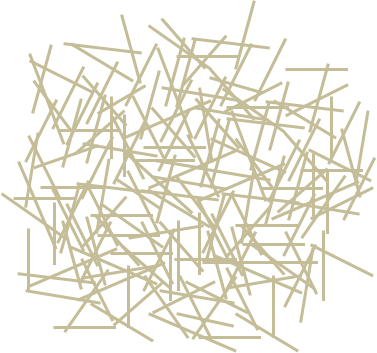▼ Reference
- Chen W, Ma J, Zhu L, Morsi Y, El-Hamshary H, Al-Deyab S S, Mo X. Superelastic, superabsorbent and 3D nanofiber-assembled scaffold for tissue engineering. Colloids and Surfaces B: Biointerfaces 2016; 142: 165.
- Chen W, Xu Y, Liu Y,, Wang Z, Li Y, Jiang G, Mo X, Zhou G. Three-dimensional printed electrospun fiber-based scaffold for cartilage regeneration. Materials & Design 2019; 179: 107886. Open Access
- Deuber F, Mousavi S, Hofer M, Adlhart C. Tailoring Pore Structure of Ultralight Electrospun Sponges by Solid Templating. ChemistrySelect 2016; 1: 5595 Open Access
- Duan G, Jiang S, Jerome V, Wendorff J H, Fathi A, Uhm J, Altstadt V, Herling M, Breu J, Freitag R, Agarwal S, Greiner A. Ultralight, Soft Polymer Sponges by Self-Assembly of Short Electrospun Fibers in Colloidal Dispersions. Advanced Functional Materials 2015; 25: 2850. Open Access
- John J V, Sharma N S, Tang G, Luo Z, Su Y, Weihs S, Shahriar S M S, Wang G, McCarthy A, Dyke J, Zhang Y S, Khademhosseini A, Xie J. Nanofiber Aerogels with Precision Macrochannels and LL-37-Mimic Peptides Synergistically Promote Diabetic Wound Healing. Advanced Functional Materials 2023; 33: 2206936. Open Access
- Rivet C J, Zhou K, Gilbert R J, Finkelstein D I, Forsythe J S. Cell infiltration into a 3D electrospun fiber and hydrogel hybrid scaffold implanted in the brain. Biomatter 2015; 5: e1005527. Open Access
- Si Y, Yu J, Tang X, Ge J, Ding B. Ultralight nanofibre-assembled cellular aerogels with superelasticity and multifunctionality. Nature Communications 2014; 5: 5802. Open Access
- Xu T, Miszuk J M, Zhao Y, Sun H, Fong H. Electrospun Polycaprolactone 3D Nanofi brous Scaffold with Interconnected and Hierarchically Structured Pores for Bone Tissue Engineering. Adv. Healthcare Mater. 2015; 4: 2238.
▼ Credit and Acknowledgement
Author
Wee-Eong TEO View profile
Email: weeeong@yahoo.com
 ElectrospinTech
ElectrospinTech

